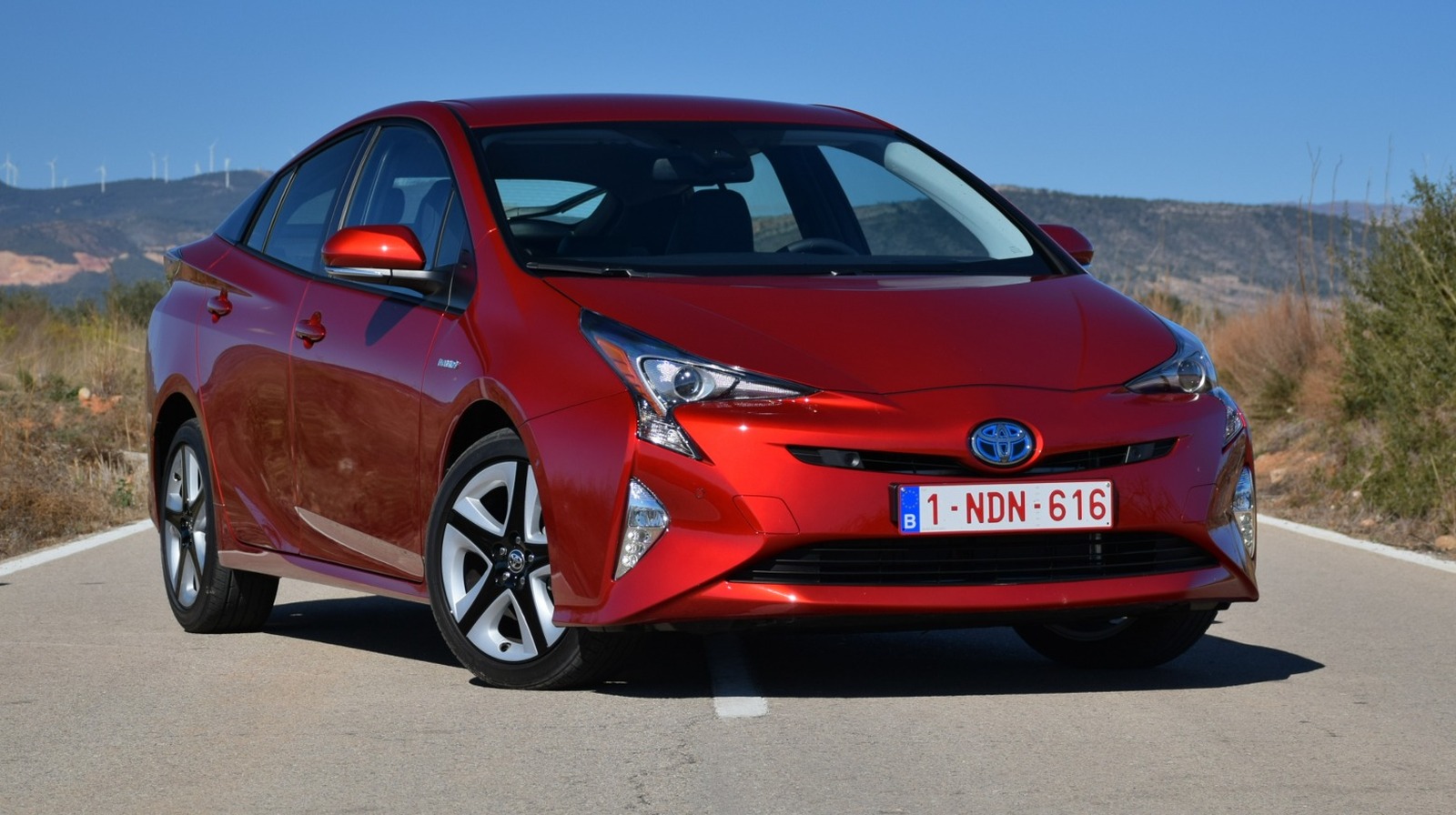
The Toyota Prius uses a series-parallel hybrid engine system. That means that it features both a traditional gas engine and an electric motor, with the electric motor including two motor-generator assemblies and a planetary gear system known as a power split device. The motor-generators, referred to as MG1 and MG2, control different parts of the vehicle and are responsible for charging the car’s batteries, starting the vehicle, and sending power to the wheels. The power split device functions similarly to a continuously variable transmission in that it constantly adjusts and balances the power output that travels between MG2 and the electric motor. It manages the power transfer between the gas engine and the electric motor, allowing the power to be used as both electrical and mechanical energy for charging batteries and moving wheels.
The remaining components that make up a Prius hybrid engine system include a standard 12-volt car battery, a high-voltage hybrid EV battery, an inverter-converter, a computer system, relays, and a series of high-voltage cables. The 12V car battery functions similarly to a normal vehicle — in addition to activating the computer, it powers things like headlights, automatic door locks, and power windows. The high-voltage EV battery provides power to the electric motor and generators, while the inverter-converter controls the EV battery flow, routes EV battery energy between the generators, and charges the 12V battery when the car is running.










